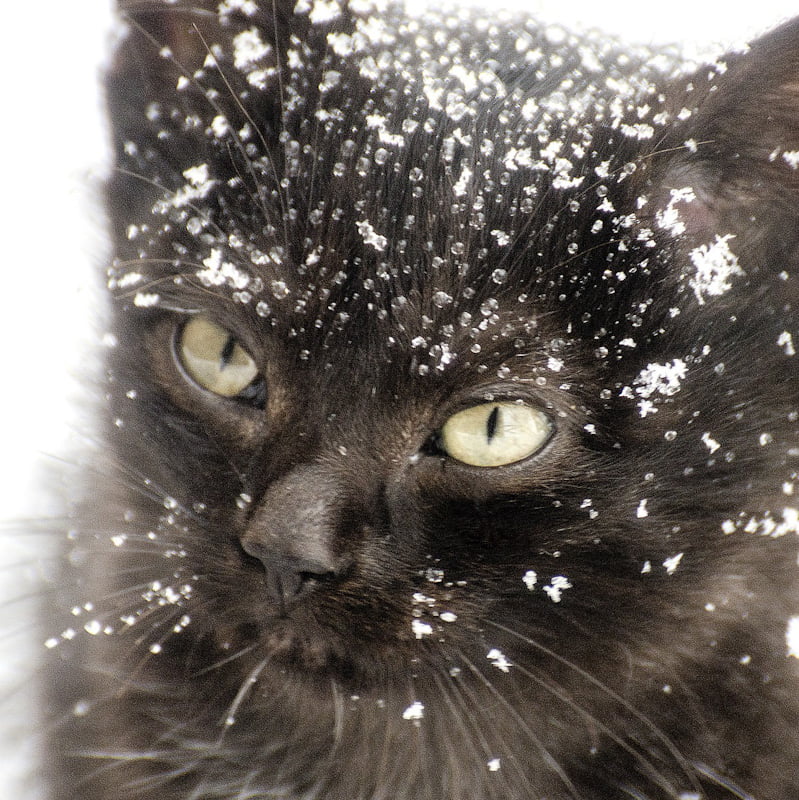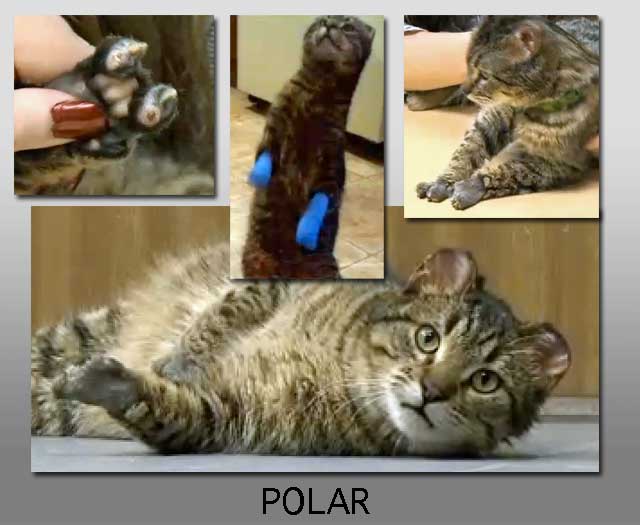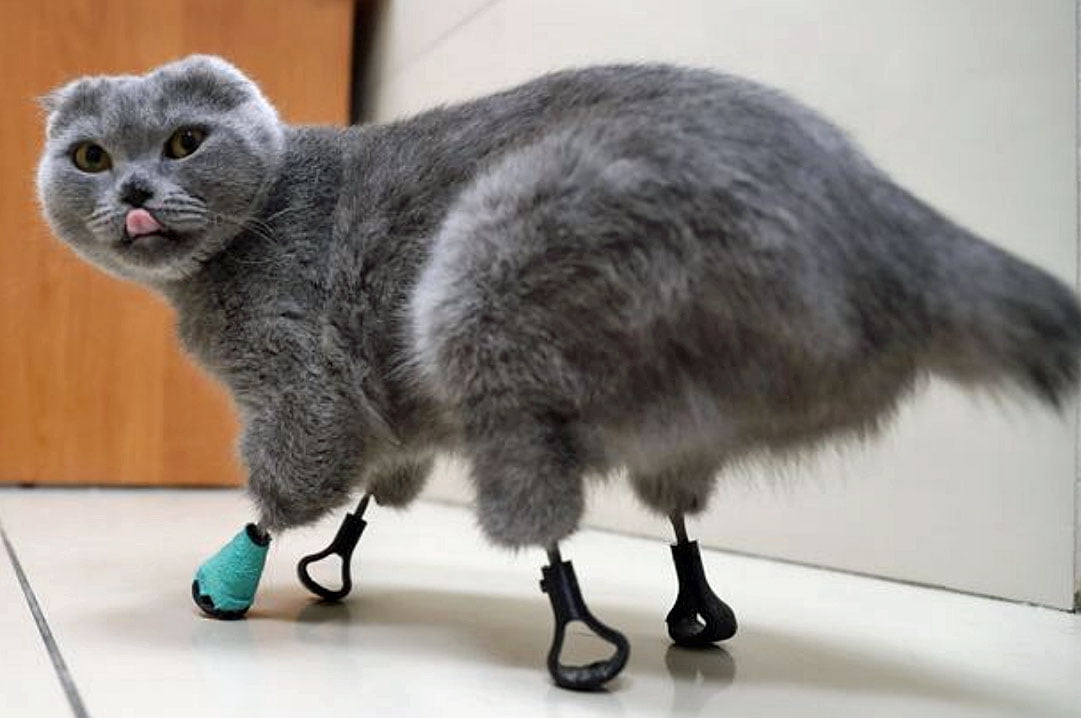Well, domestic cats must feel the cold, common sense tells us that because domestic cats like warmth and they seek out warmth such as laps and boiler rooms. That said domestic cats allowed outside might spend quite a long time outside in near freezing conditions when, for example, watching for mice in a area where there are a nest of mice. Cats can tolerate very cold conditions because if they are regular domestic cats they have a three tier coat: down hairs, awn hairs and guard hairs. Some purbred cats such as the Siamese have single coats. Domestic and feral cats are also inherently mentally very accepting and stoic. Although ferals are naturally better acclimatized to harsher conditions.

It is my guess – I have to have my own opinion as the experts don’t know – that domestic cats process pain and discomfort whereby they have a higher level of tolerance than humans. They feel pain like humans but they are more accepting of it. This seems to apply to wild animals too. The domestic cat is essentially a wild animal in terms of function.

The consequence is that domestic cats are very stoic in their toleration of cold conditions. Under extreme conditions this can lead to frostbite of the ears and paws. I have seen this online. I guess you have seen it as well: domestic cats who’ve lost their paws to frostbite and surgeons build new paws or lower limbs for them. It is sad to see. Ears can also be lost to frostbite. It’s fairly common.


How cold is too cold?
So how cold is too cold? It is like asking how long is a piece of string because the answer depends on for how long a cat tolerates very cold temperatures. Where a cat has freedom of movement from inside to outside the home the cat decides how cold is too cold because they’ll come inside to warm up. You don’t need to ask the question.
But if you are concerned about stray cats being stuck outside because they are unwanted and are on the way to becoming feral cats, icy conditions can ultimately kill these cats if the temperature is below freezing for long enough and the cats have nowhere to go to keep warm. This is particularly the case where food is scarse. It is a combination of events.
Keeping the temperature above freezing would probably save feral cat lives provided they have a source of food. In Russia they keep open the basement grills of apartment blocks to allow access for feral and stray cats to the inside. The areas are probably unheated but they are warmer than the exterior and this simple act allows the cats to survive below freezing temperatures for long periods, I believe.
There are much fewer feral cats in cold regions compared to warm places such as the Mediterranean or parts of America. This is indicative of cats’ preference to warmth and the kind of temperature that they prefer. It comes from their ancient history: the domestication of the wildcat living in North Africa and the Middle East. So called feral cat problems exist in warm countries but not in colder countries such as the UK. I never see feral cats in the UK.
My view is that an unwanted domestic cat living outside all the time in an ambient temperature that never exceeed freeing point (zero centigrade or 32 F) will suffer greatly even if fed reasonably. They may not survive.

Many volunteers build homes out of polystyrene cold storage boxes and other resusable products such as car tires (tyres) or plastic containers which are lined to provide them with a place where they can keep dry or dry off and generate some warmth from their body heat. There are many online videos from volunteers demonstrating how to make these shelters.

Getting wet and cold is a recipe for hypothermia. It is the wetness which prevents the downy undercoat from functioning properly. This is why these homemade shelters are so effective in saving lives. Sometimes the conflict between people who care for feral cats and those who want rid of them centres around these homemade homes for cats. They are removed and destroyed by feral cat haters. This can lead to the death of feral cats during winters in cold climates.
In conclusion, domestic cats feel the cold but are more tolerant than people and if under ambient temperatures near freezing for long periods it is too cold for them. That is my personal view. I have not referred to any reference material in answering the questions.

